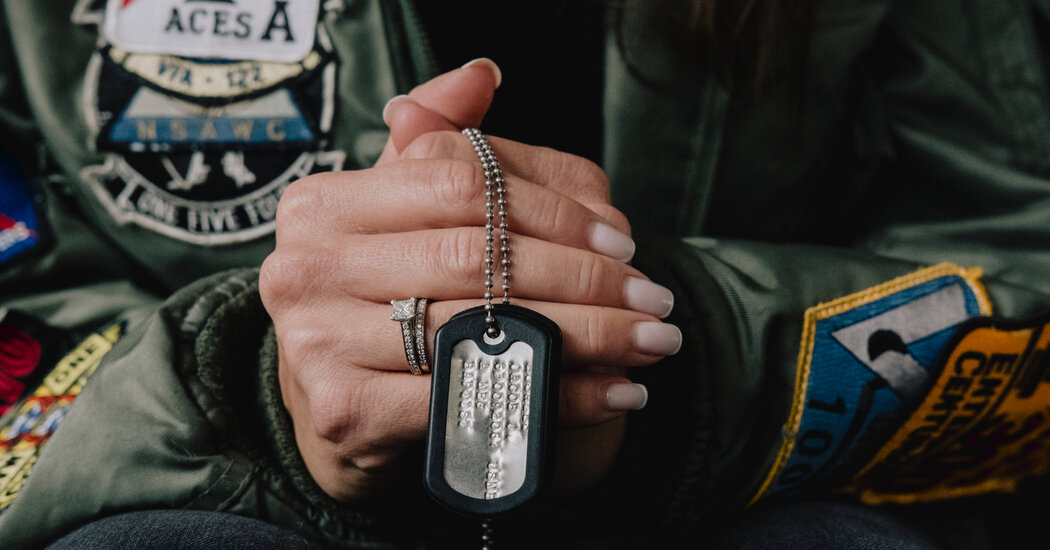To Produce the Best of the Best, the Navy’s elite TOPGUN flying school puts fighter pilots through a crucible of intense, aerial dogfighting maneuvers under crushing G forces. But behind the high-speed Hollywood heroics that the school is famous for, the Navy has grown concerned that the extreme flying may also be producing something else: brain injuries.
This fall, the Navy began a confidential project, code-named Project Odin’s Eye, to investigate. The effort will collect over 1,500 data points on brain function for each TOPGUN pilot who flies the F/A-18 Super Hornet, according to project communications. The goal is to understand the scope of the problem and identify pilots who are injured.
Pilots say the effort is long overdue. In interviews, over a dozen current and former Navy fighter-crew members said that years of catapult launches from aircraft carriers and high-speed maneuvers can take a cumulative toll. At the end of their careers, they said, some top performers become confused, erratic, and consumed by anxiety and depression.
Officially, the Navy denies that there is a problem. In a statement to The New York Times, a Navy medical spokesman said, “The Navy has no data or research to prove any relationship between concussive injuries and either carrier takeoffs/landings or routine combat maneuvers.” Yet, for years, the Navy has quietly sent pilots to civilian brain injury clinics and has funded research suggesting that the conditions crews experience in jet cockpits could cause brain injuries.
Project Odin’s Eye was created earlier this year to look for brain injuries in Navy SEALs. It expanded in November to include TOPGUN aviators, according to project communications viewed by The Times. To quickly address a pressing need, the project began without formal approval from Navy Medical and Air Commands, according to a Navy official, who asked not to be named in order to discuss the confidential program. Higher Navy command may not yet be aware of it, the official said.
For years, the Navy has studied how much force a pilot can tolerate in one flight, and generally maintained that brain injuries happen only when something goes wrong. But it has paid little attention to the cumulative effects of the hundreds of flights that occur within a career, and evidence has been mounting across the military that repeated exposure to routine operations can damage brain cells even if the operations go right.
Most of the concern has focused on ground troops, like artillery and mortar crews, grenade instructors, and Navy SEALs, who are frequently exposed to blast waves. If fighter crews face the same risk, it could have vast implications because of the Navy’s huge investments in aircraft carriers and high-performance jets.
The name Odin’s Eye refers to a Norse legend about a god who sacrifices an eye to gain knowledge. Whether the project will find widespread injuries in pilots’ brains is far from clear. Still, the fact that the Navy is now investigating shows that it is concerned about the risk.
“No one is talking about it, but this is a big problem,” said Dr. Kristin Barnes, who flew a precursor to the Super Hornet, the F-14 Tomcat, for 22 years and then became a doctor. “When you launch from the carrier, you accelerate from zero to almost 200 miles per hour in two seconds, and your brain gets squished to the back of your skull. You can heal from that once – you can heal from it 10 times. But I did it 750 times.”

